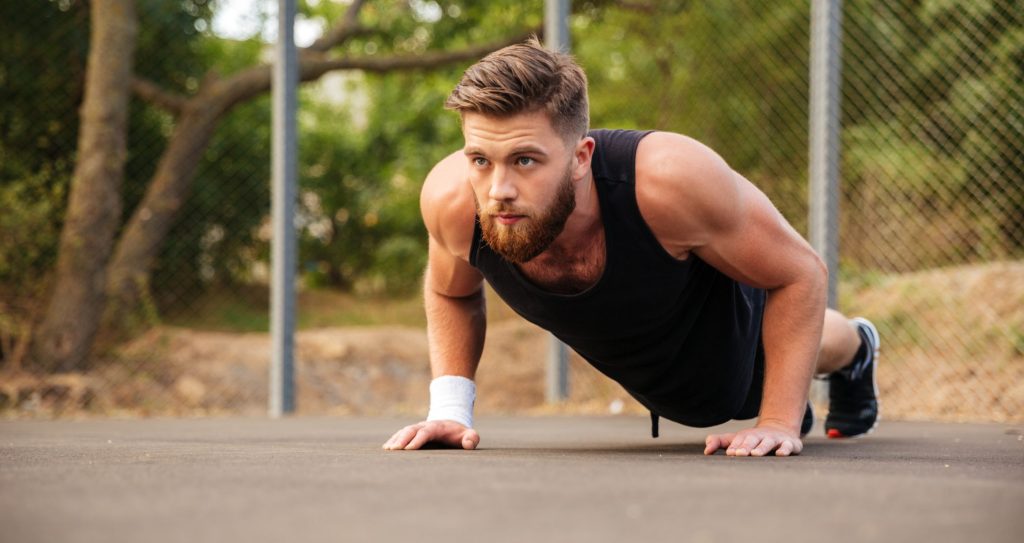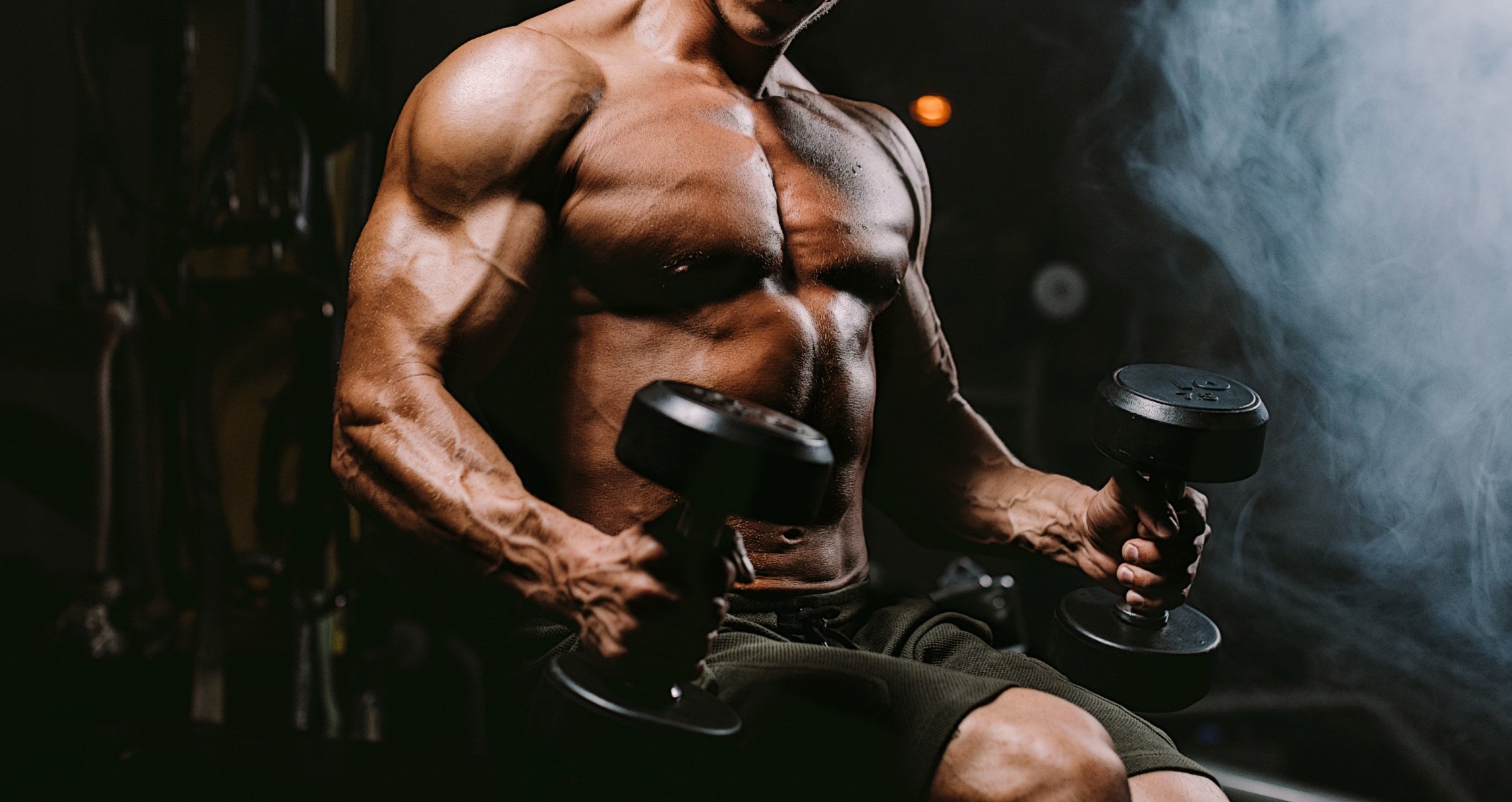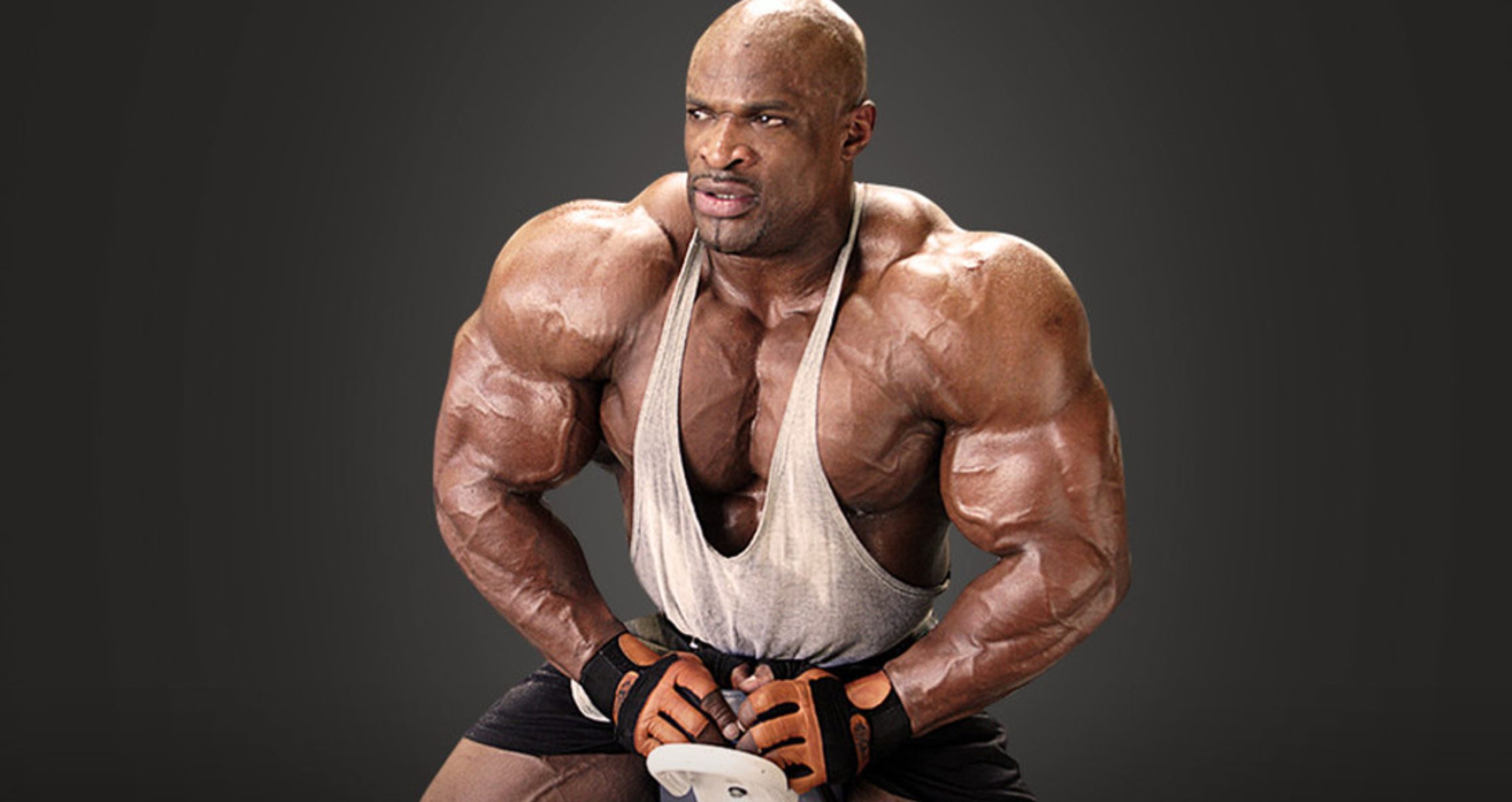Reverse grip push-ups activate your upper pecs and biceps more than traditional push-ups.
Push-ups are a classic bodyweight exercise, essential for building upper body strength. They require no equipment yet deliver impressive results. Interestingly, research suggests a correlation between the number of push-ups you can perform and a reduced risk of cardiovascular disease later in life (1).
While traditional push-ups are widely practiced, various variations target different upper body areas (2). Among them, a lesser-known but intriguing option is the reverse grip push-up. This variation closely resembles the standard push-up, with one key difference: the position of your hands.
But what makes the reverse grip push-up worth trying? Does it provide unique benefits? Which muscles does it target most effectively? And how can you perform it correctly? Dive into this article for detailed answers to these questions and uncover why this underrated push-up deserves a spot in your workout routine.
Technique & Muscles Worked
The reverse grip push-up is an upper body exercise that works your chest, biceps, triceps, forearms, shoulders, upper back, and core muscles. The idea of the reverse grip is to change the primary target muscle to the upper chest muscles.
It’s important to warm your wrists before trying out this push-up variation by doing some wrist stretches for a few minutes. You can add a pair of push-up bars placed by your sides. The bars give you a deeper range of motion compared to regular push-ups. Experts sometimes replace the push-up bars with free weights like barbells, kettlebells, rings, and dumbbells. However, you can also perform them with your hands on a flat surface. Below is a comprehensive step-by-step guide on how to do the reverse grip push-up.
- Using a reverse grip, go down into a push-up position.
- This is your starting position. Keep your back straight and shoulders relaxed, brace your core muscles and glutes, and keep your legs straight.
- Next, initiate the movement by slowly bending your elbows and keeping them tucked in while leaning slightly forward, lowering your torso until your chest almost touches the floor (remember to keep your head and back straight throughout this movement).
- Pause for about one to two seconds, then push through the balls of your feet and extend your elbows until you return to the starting position.
Benefits
Reverse grip push-ups are compound exercises that offer a different way to attack your upper body muscles. Though advanced, learning it will give you the desired results. Here are some benefits of performing this exercise.
Good for Overall Chest Building
Traditional push-ups and reverse-grip push-ups work similar upper body muscle groups. The bench press and push-ups have similar movement patterns, and studies have shown that switching to a reverse grip can target the upper chest more (3).
More Biceps & Wrist Flexors Activation
The reverse grip push-up works the biceps, triceps, wrist flexors, and forearms. The hand positioning of the reverse grip during push-ups increases biceps activation. Strong wrist flexors and forearms help improve grip strength while building stronger arms.
Reverse Grip Push Up Alternatives
Repeatedly doing the same exercise can result in monotony, boredom, and a training plateau. To prevent this, professionals advise incorporating similar muscle-building exercises into your routine. Here are some excellent alternative workouts you can try.
Reverse Bench Press
The reverse bench press is a great way to increase chest activation and improve grip strength. It works similar upper body muscles as the reverse grip push-up exercise. However, it requires free weights.
Cable Cross Over Fly
The cable crossover flys can be performed on a cable machine. They’re effective primarily for working the chest muscles, just like the reverse grip push-ups. With this exercise, the cable machine provides constant tension on your target muscles, which is good for strength and muscle growth.
Chest Dip
Chest dips are a type of dip variation that primarily works on your chest, triceps, and shoulders. They’re a bodyweight exercise done on a parallel bar, and you have to maintain leaning forward slightly to emphasize the chest muscles.
FAQs
What do reverse grip push-ups work?
Reverse-grip push-ups work your upper body muscles. They primarily target your upper and mid-chest muscles, but the triceps, biceps, forearms, wrist flexors, shoulders, and core also work.
Do reverse hand push-ups work the biceps?
Reverse hand push-ups, aka reverse grip push-ups, work the biceps and other arm muscles, such as the triceps, forearms, and wrist flexors. This exercise is worth trying if you want well-defined, strong arms.
What is the difference between a push-up and a reverse push-up?
The difference between the push-up and reverse push-up is the hand placement. While the push-up takes the traditional hand positioning of the hands pointing forward, the reverse push-up reverses the hands and has them pointing towards your legs.
Follow Generation Iron on Instagram, Facebook, and Twitter for more exercise guides!
References
- Yang, J., Christophi, C. A., Farioli, A., Baur, D. M., Moffatt, S., Zollinger, T. W., & Kales, S. N. (2019). Association Between Push-up Exercise Capacity and Future Cardiovascular Events Among Active Adult Men. JAMA network open, 2(2), e188341. https://doi.org/10.1001/jamanetworkopen.2018.8341
- Marcolin, G., Petrone, N., Moro, T., Battaglia, G., Bianco, A., & Paoli, A. (2015). Selective Activation of Shoulder, Trunk, and Arm Muscles: A Comparative Analysis of Different Push-Up Variants. Journal of athletic training, 50(11), 1126–1132. https://doi.org/10.4085/1062-6050-50.9.09
- Lehman G. J. (2005). The influence of grip width and forearm pronation/supination on upper-body myoelectric activity during the flat bench press. Journal of strength and conditioning research, 19(3), 587–591. https://doi.org/10.1519/R-15024.1








